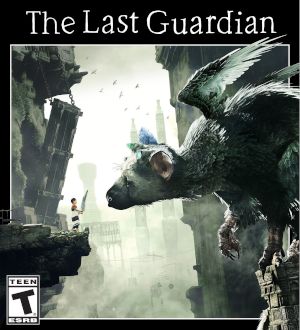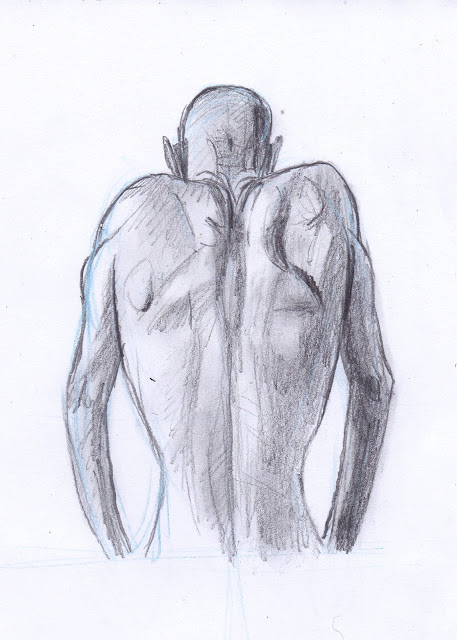I have considered the final idea for my book now. I am still
mulling over a title, though it will be something along the lines of “Gretchen
Goosander’s Guide to the hidden creatures of Upshire”.
My biggest worry about the book was that it could
have potentially included too few or too many species. The problem with a global encyclopaedia
is that it would take too long to put together whereas a book confined to a
small region such as Darkling forest would omit far too many interesting
species that I wanted to include. Therefore, I will just go with the county of
Upshire for now. I can now include Upshire valley, Precarious Rock, Darkling
Forest, Pirthing-Trot, Heralding Peaks and Talonton in the list of locations
that will be mentioned. Considering that Upshire is a counterpart for
Yorkshire, it has very similar Geography and places.
I have written out a list of fifty-one species which will be included in the book. I haven't decided yet how I will group these or if they will be alphabetised.
I have included as few non-native species as
possible. This includes Peruvian Thundersnatches which have only appeared in
Upshire a few times during the worst storms in Upshire’s history. I may also be omitting extinct species or
placing them on a list on the back of the book, which include unicorns and
Woreknuu. Species such as the Auroraphrax and the Loch Ness Gatekeeper may be
mentioned by name but not included in the plates despite their importance to
the overall story as, yet again, they are not Upshire species.
Of these species, each individual will have their own sketch
included so that people can get an idea for how they are supposed to look.
However, a select few will come with their own Zbrush rendering. I am going to
pick just three or four creatures to get given the Zbrush/Photoshop hybrid
treatment.
I will probably be wrapping up all of the preliminary work
for this project soon so that I can begin all of the final designs. I feel like
I have done a sufficient amount of character studying, anatomical studying and
experimentation with Zbrush and there isn’t a lot more for me to do now.


















































